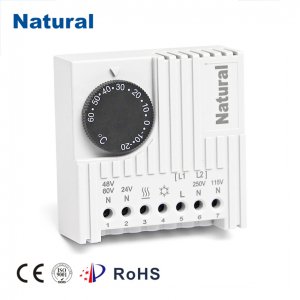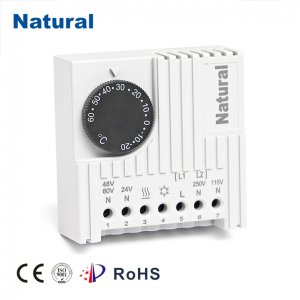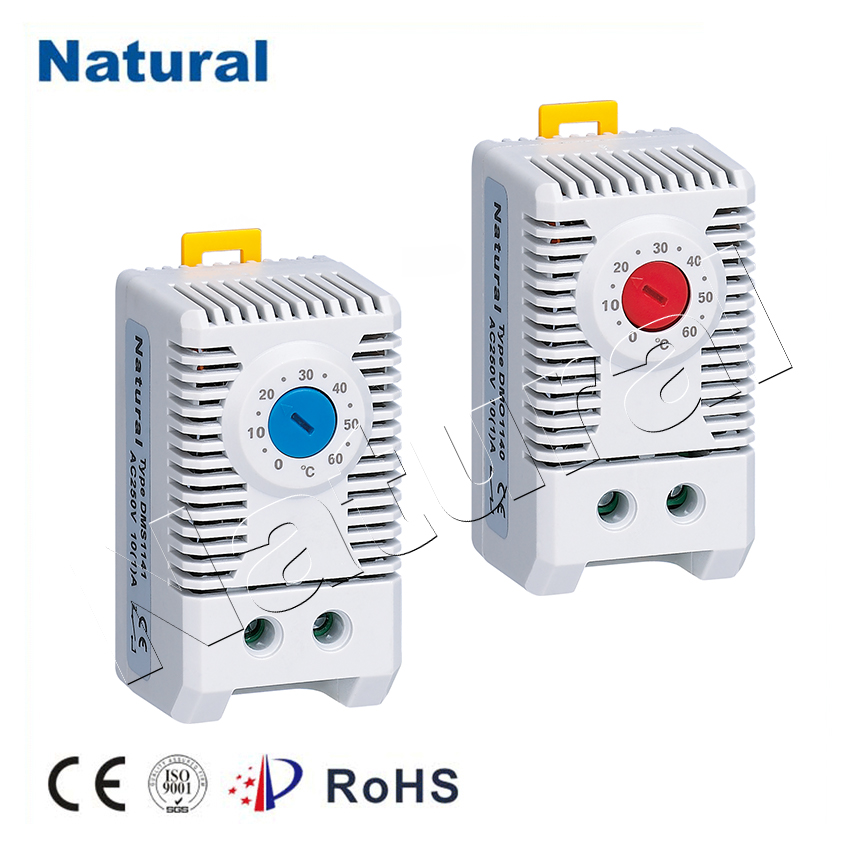A thermostat is an essential component of any heating, ventilation, and air conditioning (HVAC) system. Among the various types available, the 24V thermostat has gained popularity due to its versatility and compatibility with a wide range of systems. In this article, we’ll explore what a 24V thermostat is, its benefits, how it works, and tips for installation and maintenance.

What is a 24V Thermostat?

A 24V thermostat is designed to control the temperature in residential and commercial heating and cooling systems. It operates on a low voltage of 24 volts, which is generally safer and more energy-efficient compared to higher voltage systems. This type of thermostat works by sending signals to the HVAC equipment, activating or deactivating the heating or cooling systems according to the temperature settings programmed by the user. Benefits of Using a 24V Thermostat One of the primary advantages of using a 24V thermostat is its safety. The low voltage minimizes the risk of electrical shock, making it a preferred choice for families and properties with children or pets. Additionally, 24V systems can facilitate simpler wiring, making them easier to install.
